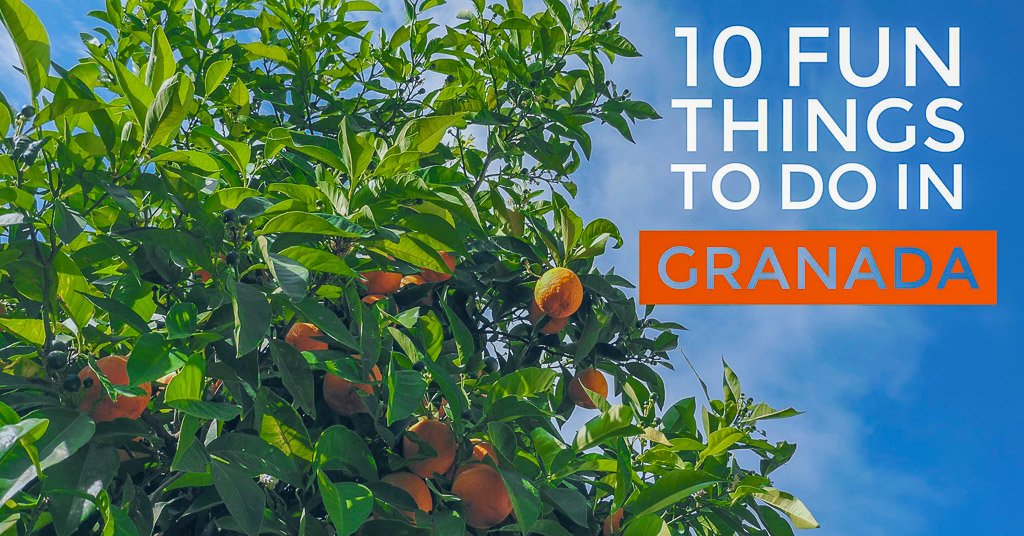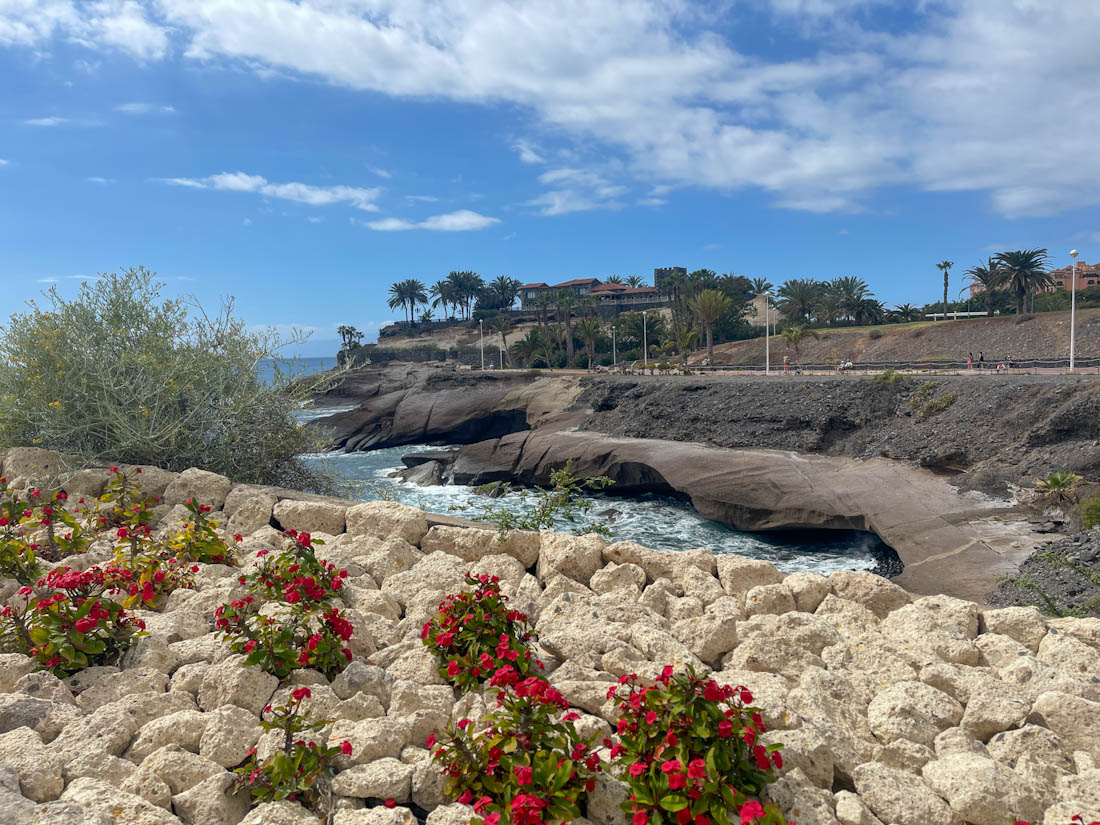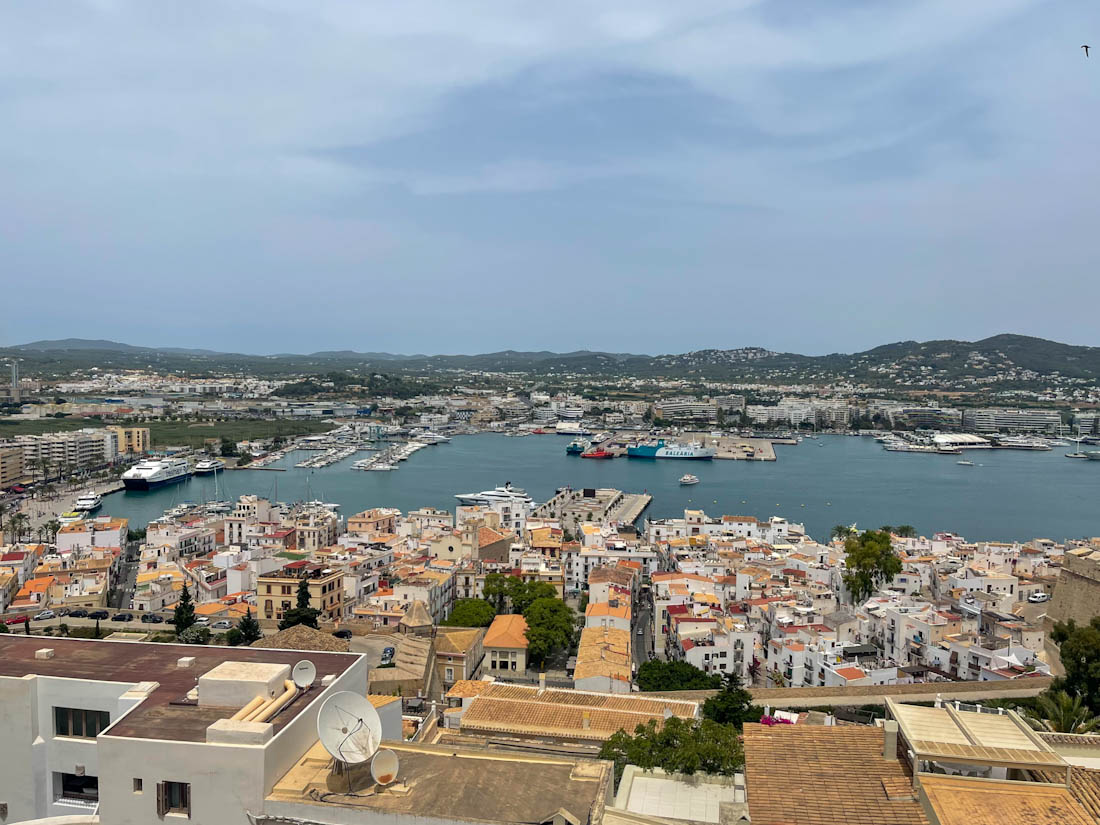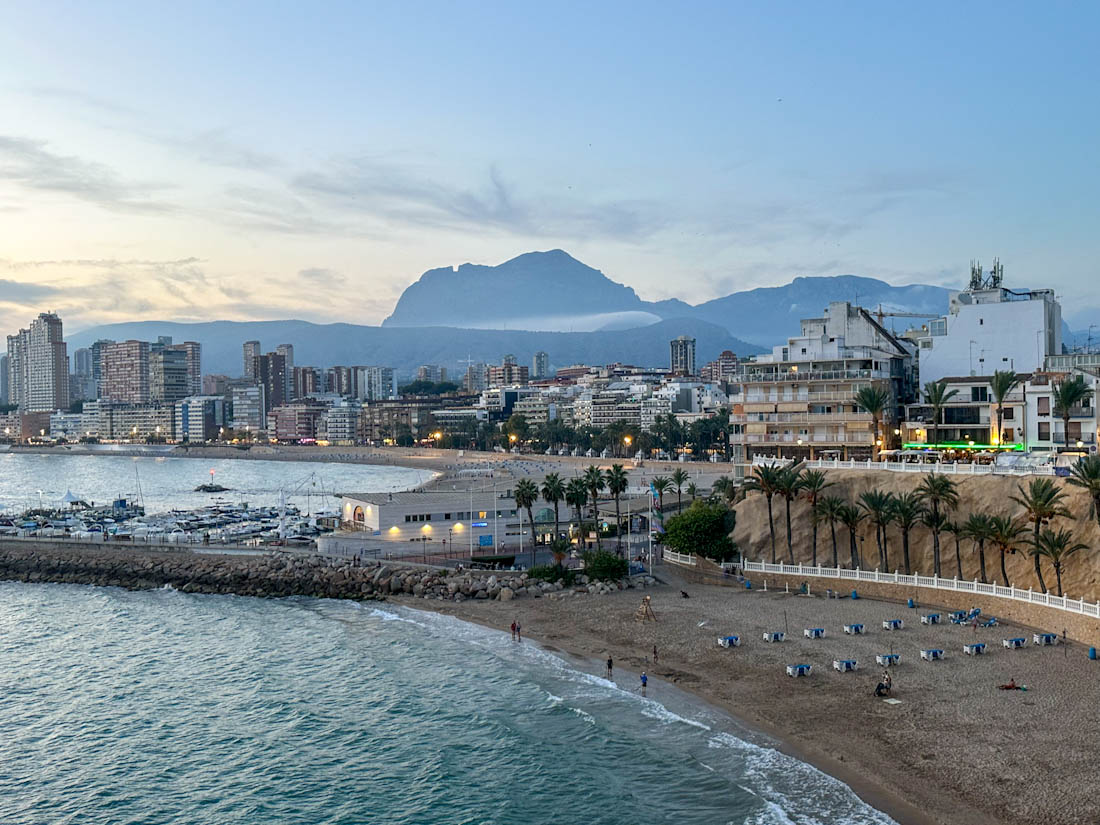Granada is a southeastern Spanish city that takes siestas very seriously! It sits at the foot of the Sierra Nevada mountain range, an ideal hideaway on hot days. While it is not as bustling as Barcelona or Madrid, there are still fun things to do in Granada on a budget. Its proximity to the coast […]
Category Archives: Spain
Ridiculously useful Spain travel guides, itineraries, packing lists, tours and day trips.
Tenerife is a popular Canary Island for families looking for a sunny holiday, couples hoping to sink multiple jugs of sangria and groups of friends with their sights set on cheap drinks! Whatever your reason for visiting, this guide details the best things to do in Tenerife, focusing on the south of the island since […]
Craig and our social circle have been visiting Spain’s white island on family holidays since the late 90s, then clubbing from the mid 00s. I’ve gathered their advice to create this useful guide on where to stay in Ibiza so that you can choose the right area and accommodation for your trip whether you want […]
Come check out the very best things to do in Benidorm, featuring attractions, nature, food, drink, nightlife, and day trips around Costa Blanca, Spain. Some suggestions are located around the Old Town, where the more historic landmarks are found, and others are situated at the “Blackpool in the sun” streets of the New Town, but […]
Barcelona Barcelona is a vibrant city home to beaches, great architecture, art, and festivals! Millions of visitors head to Las Ramblas to people watch, Sagrada Familia to see if it really is finished and Museu Picasso for the obvious. We’ve got quite a few posts to help you best plan your trip to Barcelona: Benidorm […]




